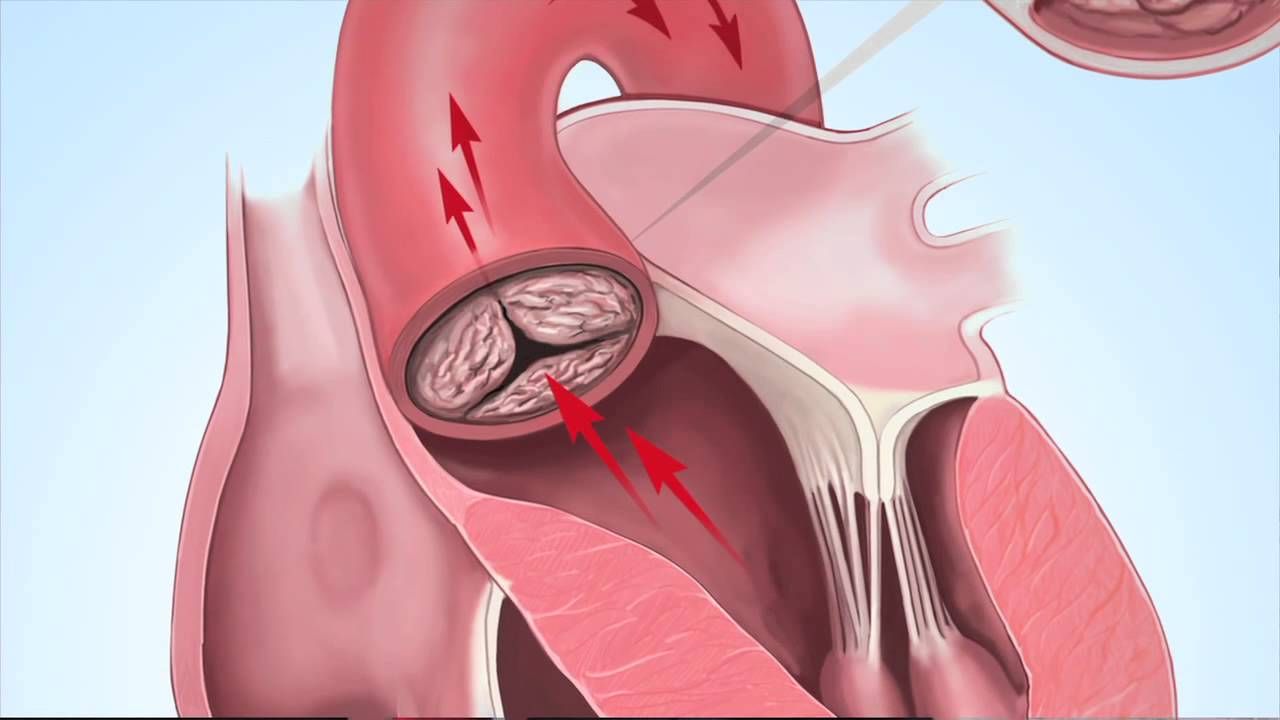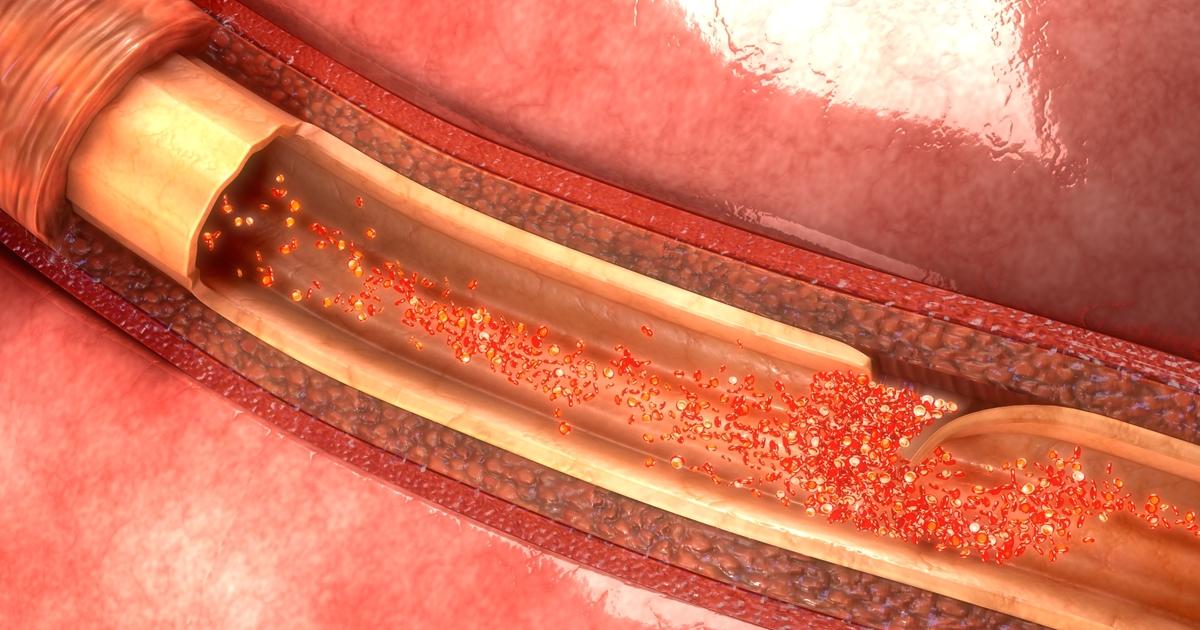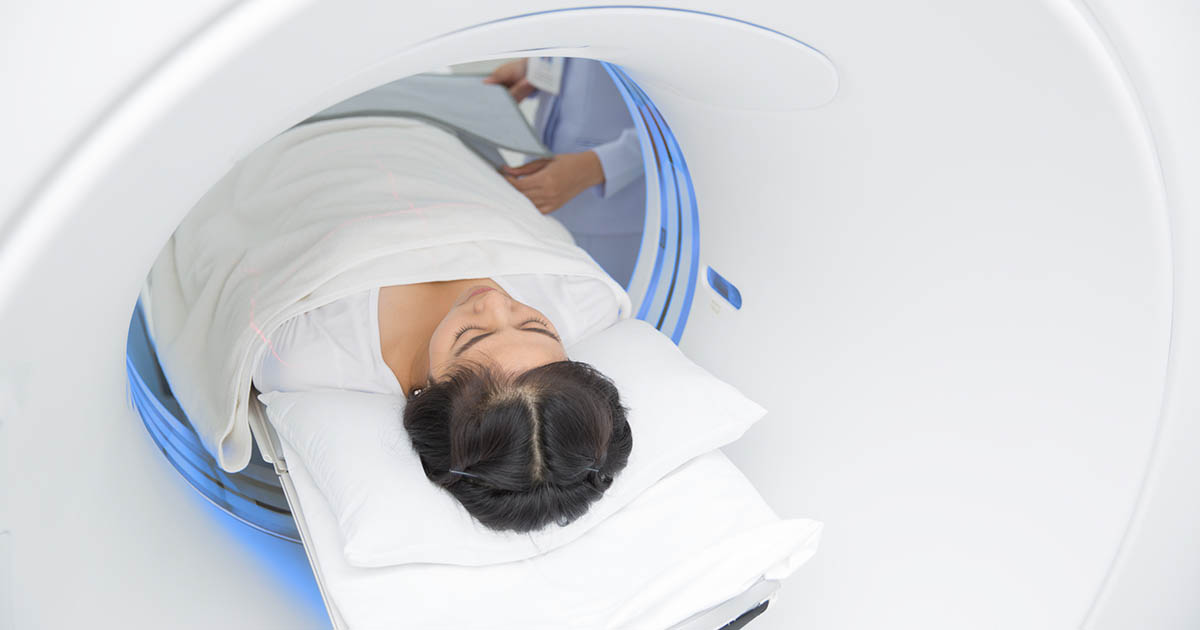Guide To Aortic Dissection Types
Aortic dissection is a condition where the main artery that oxygenated blood uses to exit the heart to other tissues around the body becomes torn. The aorta must be strong due to the highly pressurized blood that flows directly from the heart. This strength is achieved with three tissue layers in the aortic wall. An aortic dissection starts with the innermost layer becoming weak. This weak inner layer tears and that tear progressively becomes larger over time. Blood can then move in between the inner and middle layer of the aortic wall. This mechanism causes blood to pool in this area and stops it from flowing out to other body parts effectively. An aortic dissection produces symptoms such as severe chest pain, upper back pain, severe abdominal pain, loss of consciousness, breathlessness, difficulty speaking, leg pain, and vision loss. Treatment can vary depending on what type of aortic dissection has occurred.
Get information on the different types of aortic dissection now.
What Is The Aorta?

The aorta is one of the most critical large blood vessels in an individual's body. It is attached to the top side of the heart and curves downward to supply oxygen-rich blood to the other parts of the body. Blood flows into the right atria and ventricle of the heart and is then pumped into the lungs to be oxygenated. From the lungs, blood moves back to the heart into the left atria. The oxygenated blood then moves into the left ventricle and is pumped out of the heart through the aorta. The aorta is the largest artery in the body and measures over an inch in diameter and a foot in length. An individual's aorta has four different sections. The ascending aorta is the segment that rises from the top of the heart and measures around two inches in length. The aortic arch is the segment of the aorta that makes a curve or U-turn over the heart, and smaller arteries that supply the arms, head, and neck branch off of it. The descending thoracic aorta is the segment that travels from the end of the aortic arch to the middle of the chest. At the level of the diaphragm, the abdominal aorta starts and then splits into the iliac artery pair.
Get the full details on the types of aortic dissections now.
Type A Aortic Dissection

Type A aortic dissection is an aortic dissection that initially occurs in the very first segment of an individual's aorta, the ascending aorta where blood is pushed in an upward direction. This type of aortic dissection is more prevalent among the population than type B aortic dissection. However, a type A is also a more dangerous type of aortic dissection than type B. Type A aortic dissection can begin as a small tear that progressively grows and extends through the upper aorta and down into the affected individual's abdomen. An individual who experiences a type A aortic dissection will have symptoms including a sudden, severe pain in the chest, tearing sensation in the chest, shortness of breath, and tearing sensation in the upper back. A type A aortic dissection is more likely to result in the rupture of the aorta and requires emergency surgery in most cases. Type A aortic dissections are fatal in one-third of all cases not treated within twenty-four hours. It is also fatal in half of all patients not treated within forty-eight hours.
Learn about the next type of aortic dissection now.
Type B Aortic Dissection

Type B aortic dissection is a tear that starts in the descending aorta or second section of the aorta where blood is pushed down from the aortic arch. Type B aortic dissections produce painful sensations in the patient's stomach or abdomen that may or may not be accompanied by pain in the mid to lower back. Some individuals describe this pain as moving from the chest down to the legs. Type B aortic dissections may also present with weakness in the legs. Type B aortic dissections can result in a restriction of blood flow to some organs that include the intestines and or kidneys. This type of aortic dissection is diagnosed with a physical examination, blood tests, CT scans, and chest x-rays. Most cases of type B aortic dissection do not require emergency surgery and can be managed with certain types of medication and close monitoring. While the short term prognosis for patients affected by a type B aortic dissection is good, the long-term prognosis for this type is relatively poor in comparison to the long-term prognosis of individuals who had a type A aortic dissection that was treated immediately.
Keep reading to learn more about different types of aortic dissections now.
Acute Or Chronic Aortic Dissection

Acute aortic dissection and chronic aortic dissection are terms used to classify both types of aortic dissections based on the onset and duration of the tearing process that occurs an individual's aorta. An acute aortic dissection is characterized by a dissection that immediately produces symptoms when it occurs. Sudden back and or chest pain are the symptoms that present most often in individuals with acute aortic dissection. Chronic aortic dissections produce symptoms that can be described as nonspecific and vague. General symptoms of a chronic aortic dissection may be easily overlooked until the patient experiences further complications. For an individual's aortic dissection to be considered chronic, the symptoms must be present for two weeks or longer. Chronic aortic dissections are typically monitored by a patient's physician using an MRI and or CT scans. Surgical interventions may be needed in cases where an individual experiences an aortic aneurysm or a blood clot that can exacerbate their existing aortic dissection.
Learn more about diagnosing aortic dissections now.
How They're Diagnosed

An individual who experiences an aortic dissection is typically diagnosed in the setting of a hospital or emergency department, as most aortic dissections occur suddenly or cause dangerous complications that manifest suddenly. Vitals are taken, and the patient is checked for sounds in the heart that are abnormal. Blood pressure is taken in both of the patient's arms to determine if blood flow has been interrupted to one arm. X-rays are done on the individual's heart, lungs, and aorta to check for aortic dilation or widening. The patient may have a CT scan where they drink a solution that helps the blood vessels light up in the scan images. CT scans can help identify the exact size and location of a patient's aortic dissection. An affected individual may have a transesophageal echocardiogram where an ultrasound probe is used in the esophagus to examine the aortic dissection in further detail. Another imaging method used to diagnose or evaluate an aortic dissection is a magnetic resonance angiogram where dye is injected into the bloodstream, and detailed images are formed by a machine to help the physician determine if a false lumen has developed in the aorta.
